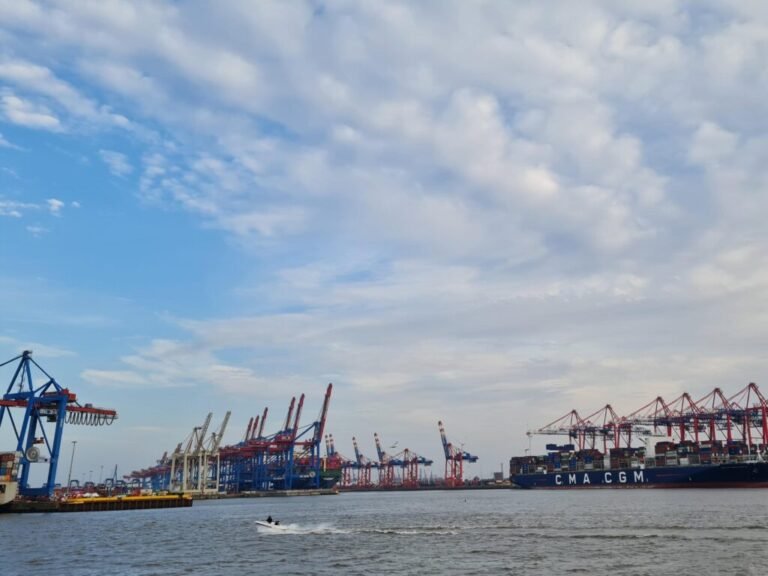Maritime Safety Incidents on the Rise: DNV Report Highlights Key Trends
According to a recent report by classification society DNV, maritime safety incidents have increased by 42% between 2018 and 2024. The rise in incidents is primarily driven by risks associated with an ageing fleet and machinery damage/failure.
The report, titled ‘Maritime Safety Trends 2014-2024 – Preparing for future risks,’ analyzed data provided by Lloyd’s List Intelligence, which revealed more than 2,200 recorded casualty incidents per year since 2021. Machinery damage/failure emerged as the leading cause of incidents across all years.
One striking correlation highlighted in the report is the relationship between vessel age and operational reliability. Incidents involving vessels older than 25 years accounted for 41% of all reported cases in 2024, up from 32% in 2014. Additionally, machinery damage/failure incidents saw a 20% increase in 2024 across all age groups.
Knut Ørbeck-Nilssen, CEO of DNV Maritime, emphasized the need for the industry to take decisive action to improve safety standards amidst an ageing fleet. He called for upgrades to fire suppression systems, stricter maintenance practices, enhanced seafarer training, and regulatory compliance to mitigate risks.
The report also noted a concerning rise in fire and explosion incidents, with a 42% increase over the past four years. Passenger and ferry segments experienced the highest number of casualty incidents, while geopolitical instability was cited as a factor impacting maritime safety, with war loss casualty incidents on the rise.
On a positive note, casualties from collisions, groundings, and sinkings have decreased by 26% compared to 2014 levels. Øystein Goksøyr, Head of Department Safety, Risk, and Systems at DNV Maritime, stressed the importance of thorough risk assessments in the development of new technologies to enhance safety outcomes.
Integrating the human element alongside technological advancements is crucial, Goksøyr added, emphasizing the need for updated safety protocols and improved crew training to mitigate future risks in the maritime industry.

